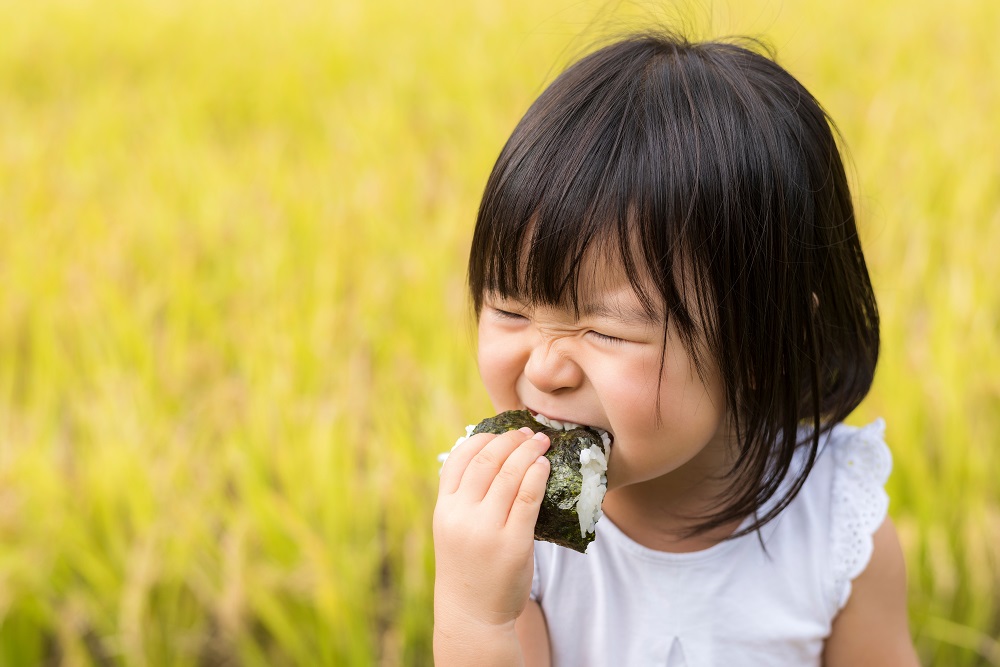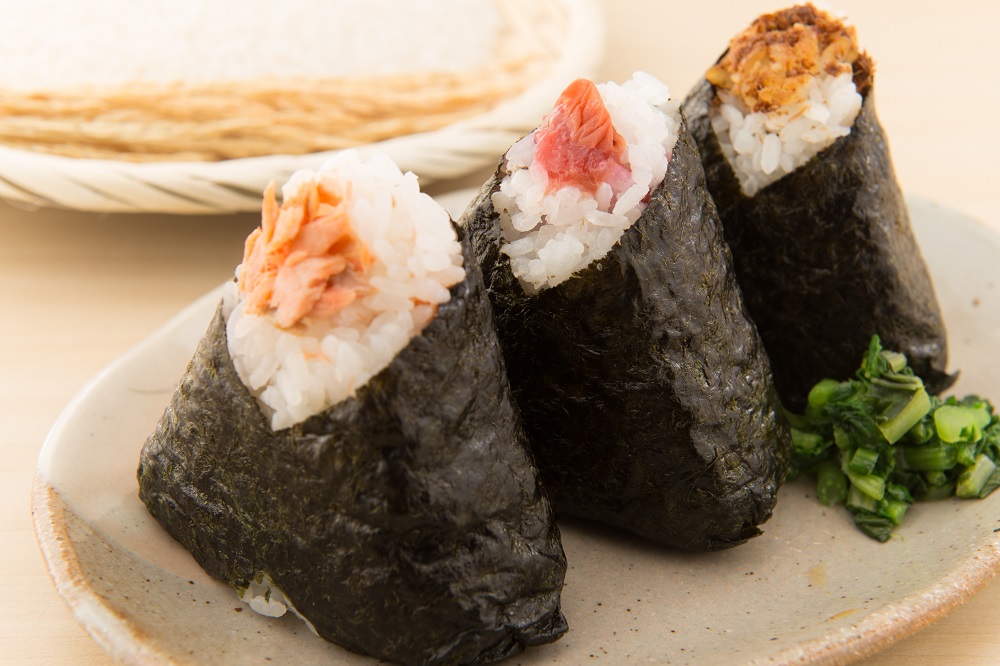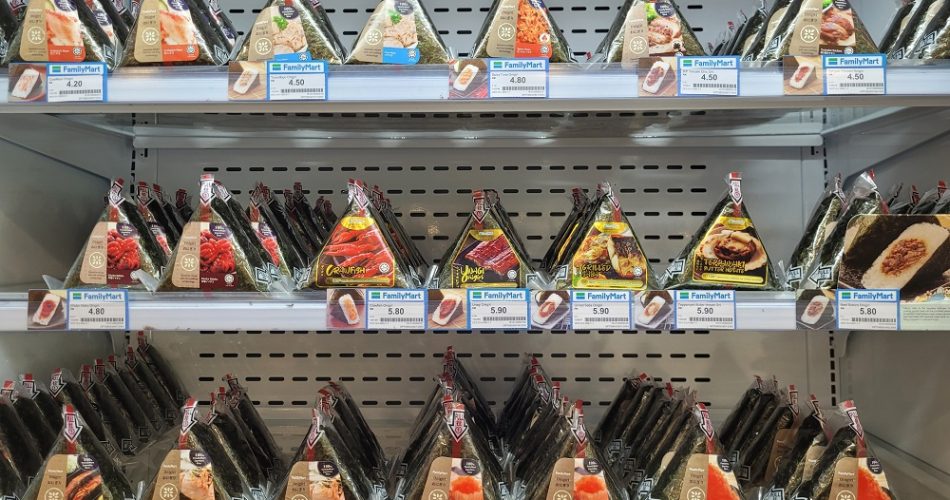This post begins a few days before I finally land back to Japan, when one of the members of Yomoyama enthusiastically asked me what the first thing I wanted to do when I arrived in Japan. “Go to a convenience store (conbini) and buy an onigiri ̈ I said without thinking twice. Everybody laughed! After all, Japan is a country with a rich and interesting culture, with so many other things to explore, why would I want to eat just a simple onigiri?
̈You should write about it ̈, I was suggested, and I confess that I was also curious to know what inside me made me miss so much a simple rice cake.
The first thing that came to my head was: onigiri is something practical! I love practical things, regardless of where I am in Japan, there will always be a conbini (another practical thing I love) with various options of flavors of onigiris just ready to feed me.
Here are some examples of how onigiri can be practical in your life:
- You woke up late and didn’t have time to make breakfast? Onigiri!
- Will you not have time for lunch today? An onigiri will help you stay upright until you have time for a meal.
- You’re taking an amazing ride and don’t want to waste time in restaurants? In a few minutes you feed on a nutritious and very tasty onigiri.
- Have a picnic with your family or friends? Onigiri is a healthy and delicious snack.
- Are you too lazy or too tired to prepare dinner? Onigiri is the solution!
Made from one of the most consumed foods in Japanese culture (rice) onigiri can be consumed for breakfast, lunch and dinner. Onigiri is suitable for everyone, from children, students, and housewives to busy workers. And although the main ingredients are just rice, salt, and nori there is a wide variety of formats and fillers that are customized according to the personal taste of those who prepare and who eats it. It is almost impossible to get sick from eating onigiri.
Although it seems a simple just a simple ball of rice, the onigiri for me is one of the most comforting foods in Japanese cuisine, it’s as if for me it’s the soul of Japan. For it follows the history of Japanese cuisine for so long that no one knows for sure its origin, but it is known that it is part of the daily life of anyone who has lived in Japan.

It is very common to see pictures of children eating onigiri in popular magazines about Japan, in comics, movies, dramas and Japanese animations as well. We can see them eating onigiri at lunch, after school, at extracurricular activities and sporting events.
Several Japanese housewives have their own original Onigiri recipe, where they have prepared unique and special onigiris or lunch boxes for their family members, which also symbolizes creativity to love.
Soon, more than a fast nutritious and convenient snack for busy workers and students, Onigiri is also a symbol of family love and traditional values in Japan.
Onigiri is also part of almost all my memories and experience in Japan. It has always been present at good times, with friends or alone and has always been enough to supply “emergency hungers” that appear in the busy life that I live here. It’s always feels comforting and a delicious break in my day to eat an onigiri.

Fun fact: The first time I ate an onigiri in life was not in Japan, but in Brazil. My brother found it in an Asian products store in my town and brought it home because he found it so delicious that he decided that the whole family should try.
It was filled with salmon and mayonnaise, and I loved it already on the first bite. I brought this fact because in Brazil, there are many descendants of Japanese who immigrated there a longtime ago. And although most families have been in Brazil for several generations, such families continue to honor their origins through ancestral cuisine and not only through the commercialization of Japanese cuisine, but also in their homes, which can provide that the onigiri could cross the world and end up in the hands of a curious girl and now, another onigiri fan (me!).


Comments